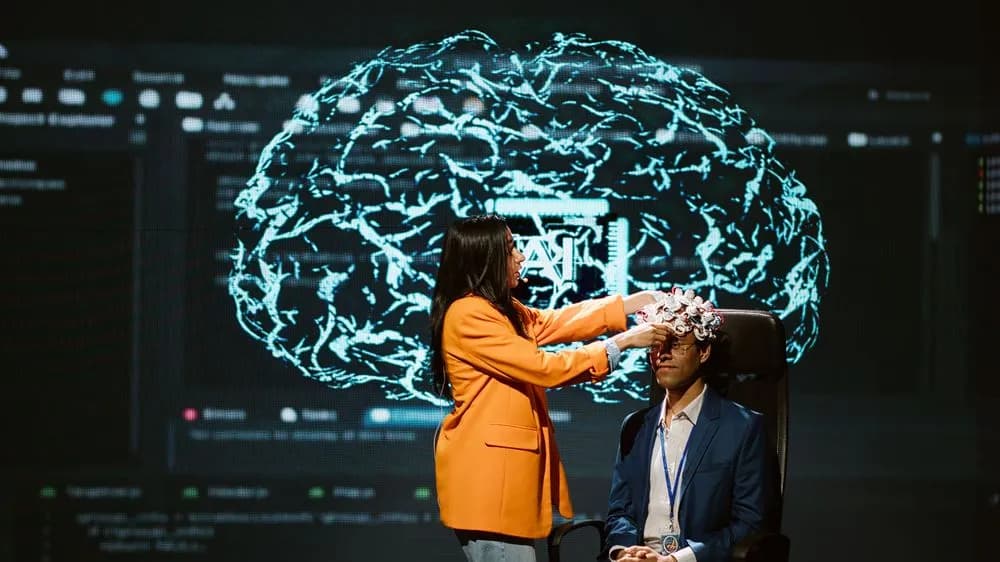Before diving into techniques, it helps to understand how memory functions.
Our brain processes memory in three stages:
- Encoding – when we first take in information (reading, listening, observing).
- Storage – how our brain organizes and retains that information over time.
- Retrieval – recalling what we learned when we need it.
Most memory problems occur because of weak encoding — not because our brains “forget,” but because the information was never meaningfully stored to begin with. The secret is to make learning stickier.
